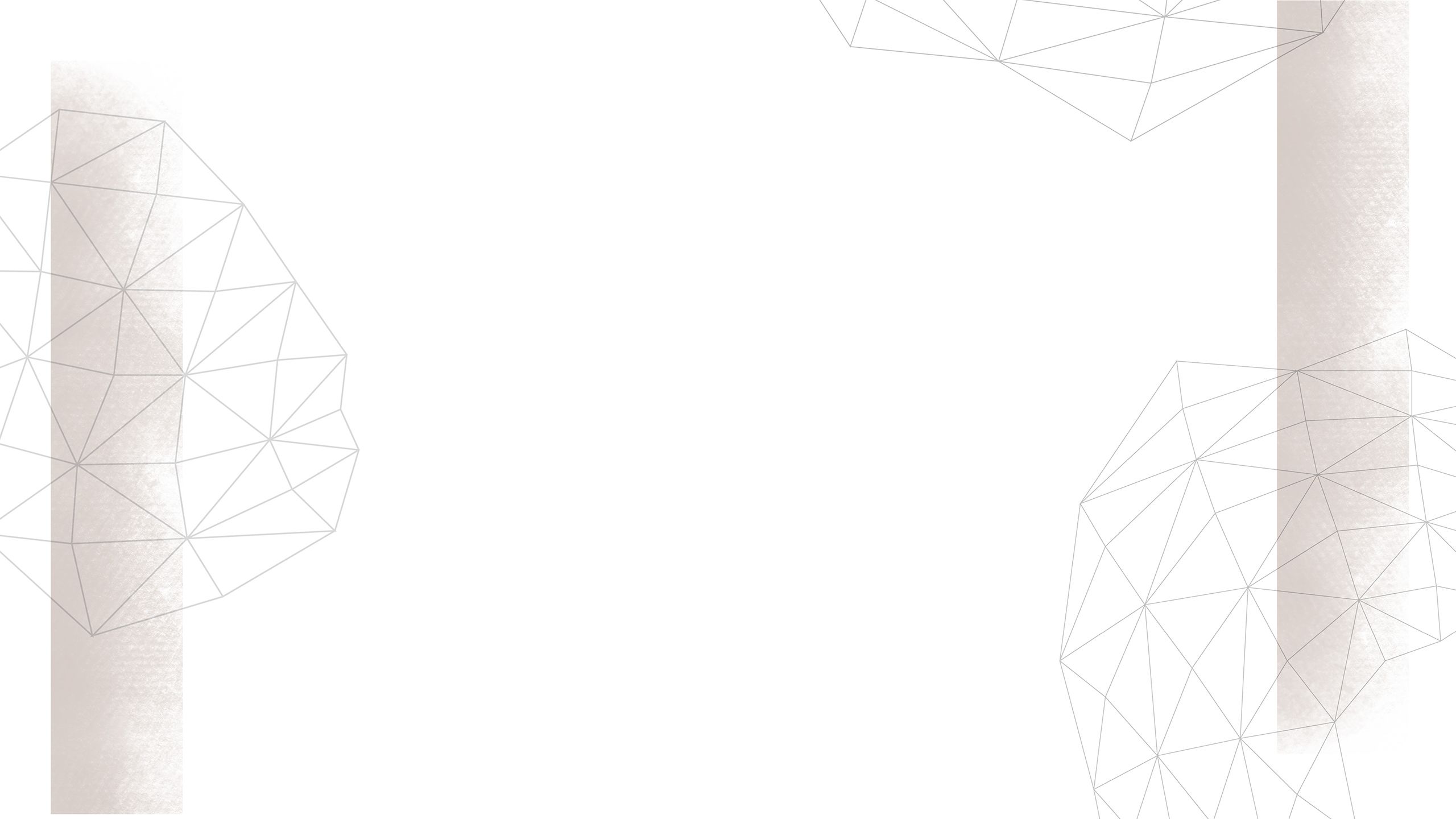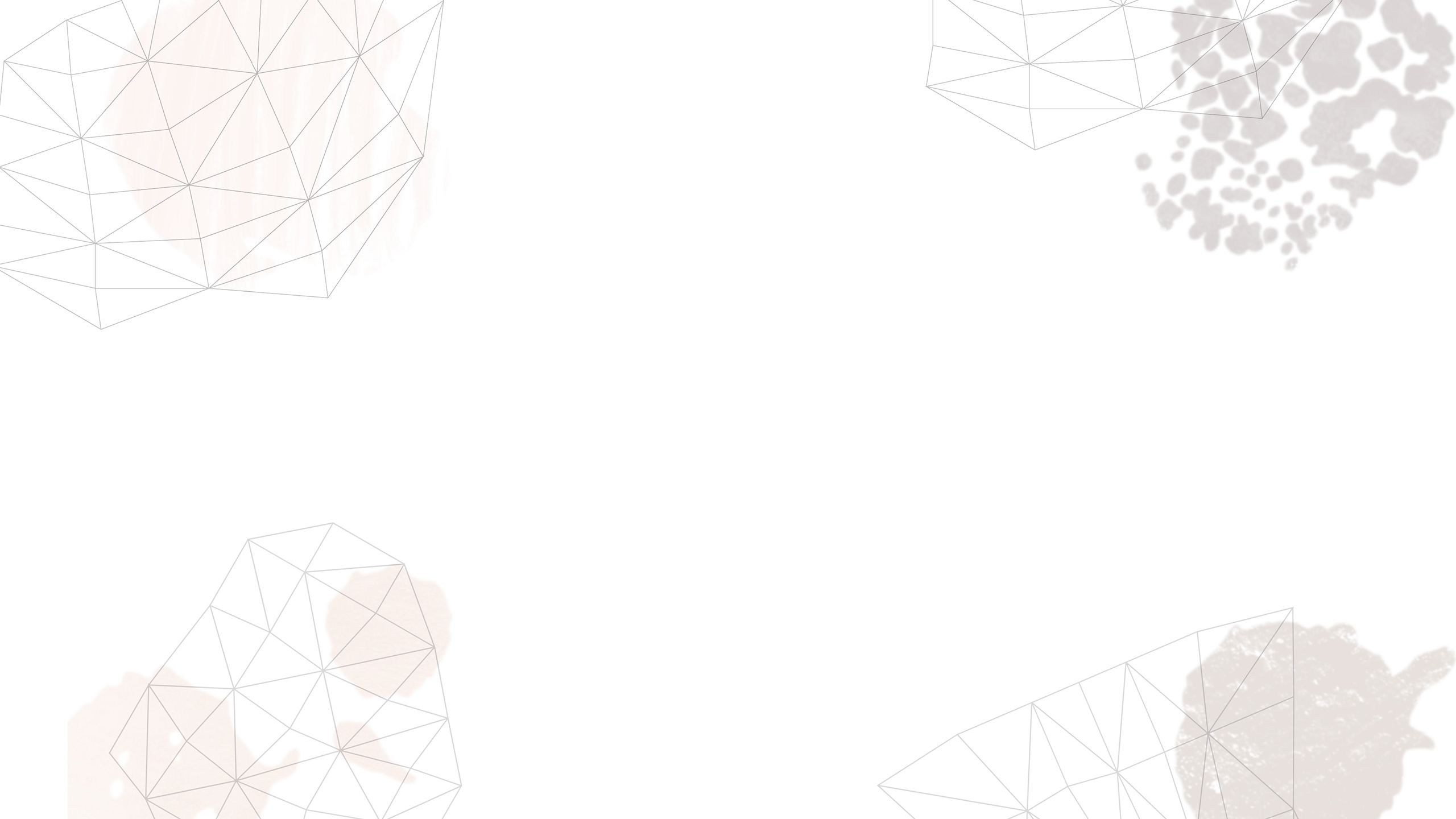I’m Still Me
Tim’s story

About Tim
Portrait of Tim by Sarah Morley (oil on canvas) 46 x 46 cm
Portrait of Tim by Sarah Morley (oil on canvas) 46 x 46 cm
Tim was a haulage contractor but needed to give up work following his treatment for head and neck cancer. The doctors suggested he tried a new hobby, so he started flying microlight aircraft. Sitting on a chair dangling in the sky was a scary experience, so that didn’t last long. Instead, he took up a new job as an agricultural contractor.
Tim spends his time with his partner Janet, who was a source of support throughout his rehabilitation, and their dogs on the farm.
Tim took part in IMPRESSeD and was interested in exploring new ways of making facial prostheses. Tim talks openly about the stigma surrounding wearing facial prostheses and is keen to raise awareness of issues of face equality.
Tim’s diagnosis

Before I was diagnosed with cancer in 2011, I was having trouble breathing, mainly at night. After several visits to my GP, they sent me for a CT scan. I went back to work driving lorries whilst waiting for the results. A nurse and consultant called me up and said, “You need to come in and see us today.” I was diagnosed with cancer and needed an operation.
After surgery, I woke up in intensive care and learnt they’d had to remove my eye. I had a hole in the back of my eye socket which connects into my nasal passage. I had several operations to tidy up and modify my face. I also needed radiotherapy – I lost my sense of taste and smell and they never really returned.
It’s not something I would want to go through again, but it has been a life changer and a positive experience because I’ve learnt lots and I’ve met some fantastic people.
Tim’s prosthesis

My facial prosthesis was initially going to be attached using magnets which would connect to implants in the bone around my socket to help it stay on more securely. But the radiotherapy affected my bone tissue, so most of the implants have fallen out over time.
Paul, the Maxillofacial Prosthetist, taught me a lot about the process including the unbelievable number of man hours involved to make a facial prosthesis.
Before having my prosthesis made, I poo-pooed it. I said to the guys at work: “It would feel like I was wearing a toupee, and I don’t want to hide what I have.”
Then I began to look at it from a different point of view and I started to think that the hole in my head might offend people if they were squeamish. I initially made myself a face patch and people were more comfortable with that.
However, the prosthesis has helped me tie everything back together again. The downside of a prosthesis is that it’s time-consuming.
Portrait of Tim and Janet by Sarah Morley (oil on canvas) 100 x 100 cm
Portrait of Tim and Janet by Sarah Morley (oil on canvas) 100 x 100 cm
As an agricultural contractor, there are times when we are working 15 to 18 hours a day and we are chasing the weather. When you turn to your colleagues and say, “Sorry I’ve got to go to Leeds to have a prosthesis made”, it’s never good timing.
I’ve been lucky that my bosses are understanding but it does impact my wages. On the other hand, I must have cost the NHS tens of thousands of pounds, so I’m grateful for the treatment I’ve had.
When I took part in IMPRESSeD, the researchers made me two new prostheses. One went down a digital route and the other using the traditional method. I didn’t have a preference for either method, but the computerised process had less contact, was more photographic and quicker.
However, with the traditional method, you spend so much time with the Maxillofacial Prosthetist, you get to know the individual and have the banter that comes with that. Whichever technique is used to make a prosthesis in the future, I wouldn’t want to lose that.
“Don’t look back. Look forward and grab life.”
It’s been 12 years now since my operation. People still look and stare at me, but I’m used to it now. I still wear my eye patch sometimes when I want a break. If I go shopping or to my local village wearing my eye patch I get comments, especially from children, like “Where’s your parrot?” or “It’s Captain Morgan.” You learn to shrug it off and get on with life.
Many times, folks will ask me “What’s happened? How have you coped with that?” My treatment and prosthesis have been a talking point. I’ve got used to it and I’ve learnt to sit down with people to try and turn their comments into a positive experience.
I’d tell other patients, “Don’t look back. Look forward and grab life. Whether it’s long or short, grab your life and run with it.”
About Tim’s artwork

Portrait of Tim by Sarah Morley (oil on canvas) 46 x 46 cm
Portrait of Tim by Sarah Morley (oil on canvas) 46 x 46 cm
Sarah’s Portrait of Tim depicts him from his right side to draw attention to his orbital (eye) prosthesis and the scar on his neck. Tim explained this was central to his treatment and recovery from head and neck cancer.
Portrait of Tim and Janet by Sarah Morley (oil on canvas), 100 x 100 cm
Portrait of Tim and Janet by Sarah Morley (oil on canvas), 100 x 100 cm
After initial discussions about the second artwork, Sarah was invited to meet Tim and his partner Janet at their farm.
The Portrait of Tim and Janet has been created to highlight the bond between Tim and Janet and the support she provided through the crucial years during and after his head and neck cancer treatment.
The background also includes a tractor to represent Tim’s role as an agricultural contractor and the importance of his work, though this element is deliberately blurred to ensure the viewer’s focus remains primarily on Tim and Janet.
Tell us what you think
We would value your views on the I’m Still Me project.
Please take a few moments to complete our feedback form.


